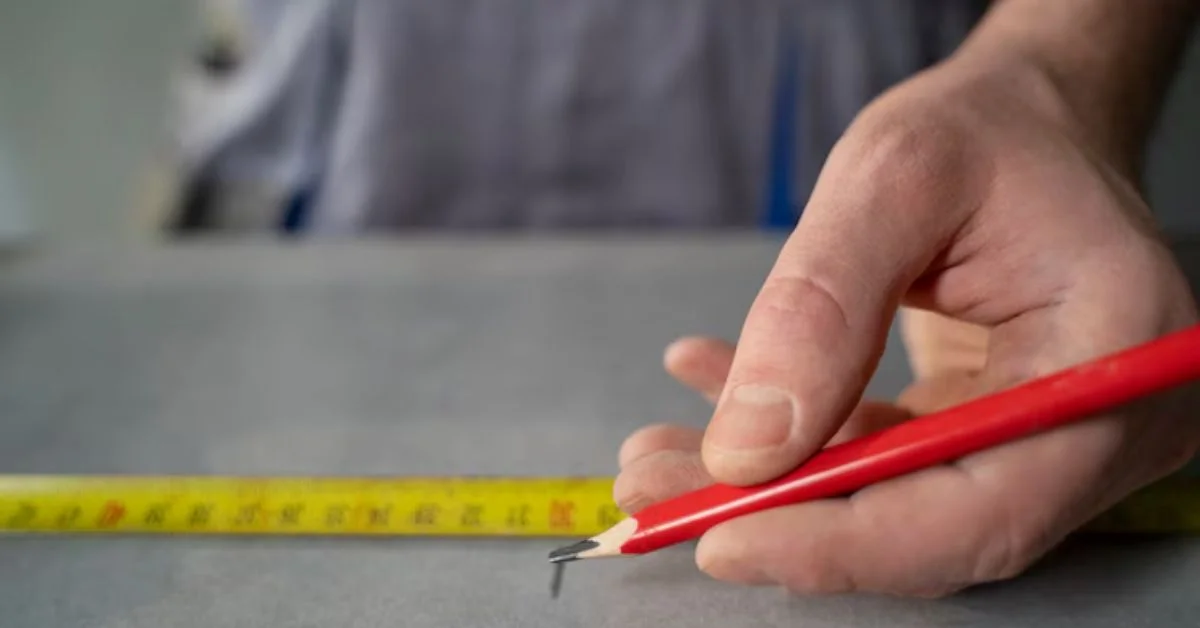The question, “1 Tum to mm?”, may seem simple on the surface—a quick unit conversion. But behind this inquiry lies a much deeper search for clarity in a world increasingly governed by standardized measurements. Whether you’re a student, engineer, historian, or simply curious about regional units, understanding how traditional units like the Tum translate into the modern metric system—specifically millimeters (mm)—opens up a rich dialogue about cultural continuity, globalization, and scientific precision.
Let’s explore this concept thoroughly: what is a Tum, how did it originate, how does it convert to millimeters, and why this matters more today than ever before.
The Searcher’s Intent: What Does “1 Tum to mm” Mean?
In modern usage, especially in Southeast Asia and parts of the Indian subcontinent, Tum refers to a traditional or local measurement—often inconsistent in standardization but deeply rooted in cultural and historical context. It’s not officially part of the SI (International System of Units), which includes millimeters (mm), but people still use it in fields like textile measurement, traditional construction, or agricultural layout.
When someone asks “1 Tum to mm”, they’re looking for:
- A precise conversion
- Context around what Tum represents
- Relevance to today’s measurement systems
- A bridge between old and new measurement cultures
So, let’s begin by understanding the Tum itself.
The Origin and Meaning: 1 Tum to mm
Etymology and Regional Usage
The word Tum—spelled variously as Toom, Thum, or Tumh—is derived from colloquial or linguistic roots in South Asia and parts of Southeast Asia. It has been historically used in informal measurements, often passed down orally, rather than written down in consistent standards.
Depending on the region, a Tum might refer to:
- A length of approximately 3 inches (about 76.2 mm)
- A hand span or finger-width measurement
- The width of a thumb, which in Latin-derived units is close to an inch
Common Conversions Historically
In rural construction or land division contexts, a Tum might be used to measure:
- Wood pieces
- Brick alignment
- Thread lengths in handloom weaving
But due to its human-body-derived nature, its exact dimension varied. In more modern attempts to standardize traditional units, 1 Tum has been approximated to 3 inches, or precisely:
1 Tum ≈ 76.2 millimeters
This is not a universally accepted standard, but it is the most commonly cited approximation in regions where Tum is still used informally.

Why Traditional Units Still Matter in 2025
Cultural Continuity
In an increasingly digitized, standardized world, the persistence of units like Tum is a nod to cultural heritage. These units hold practical knowledge passed through generations—often finely tuned to local conditions, materials, and uses.
Relevance in Informal Economies: 1 Tum to mm
While multinational corporations and urban centers use the metric system exclusively, rural economies and artisans often blend both systems. Carpenters might measure a panel in centimeters, but say “add one Tum of space” for flexibility. For farmers, Tum could be part of instructions handed down orally, critical for planting rows or laying irrigation pipes.
The Problem of Ambiguity: 1 Tum to mm
However, inconsistency brings risk. In engineering, architecture, or import/export, such ambiguity is unacceptable. That’s why accurate conversion to SI units like millimeters is crucial. It ensures safety, legal compliance, and quality control.
Breaking Down the Conversion: Tum to mm
Let’s establish a reference table for clarity:
| Unit | Approximate SI Equivalent | Description |
| 1 Tum | 76.2 mm | Based on 3-inch estimation |
| 0.5 Tum | 38.1 mm | Half Tum (useful in wood measurement) |
| 2 Tum | 152.4 mm | Common for textile folds |
| 10 Tum | 762 mm | Used in length of cloth or metal bars |
While this table uses 76.2 mm as the baseline, users should verify whether a particular region or manual defines Tum differently. Still, for conversion purposes, this approximation is functional and widely acceptable.
How This Applies Practically Today
In Construction
In traditional village construction, Tum might still dictate spacing between bricks or timber lengths. Modern builders converting such plans into standardized blueprints must interpret Tum correctly to avoid miscalculations.
For example, if a beam spacing is listed as “8 Tum apart,” it should be translated to:
8 × 76.2 mm = 609.6 mm
Failing to convert accurately could lead to structural imbalance or safety concerns.
In Tailoring and Fabric Measurement
Tailors may use Tum as shorthand for cloth folds or seam allowances. A misunderstanding here may not be life-threatening, but it could result in poorly fitted garments or fabric wastage.
In a tailoring guide handed down orally:
“Leave one Tum for hemming”
Becomes:
“Leave 76.2 mm seam allowance” in a modern tailoring app.
In Agriculture
Some traditional farming practices use Tum to measure seed spacing or furrow depth. With agricultural tech startups digitizing these methods, accurate conversions ensure the ancestral wisdom integrates into precision farming.
Why Millimeters? A Case for the Metric System
Precision and Universality
Millimeters (mm) are part of the metric system, which is decimal-based and universally accepted in science and engineering. Unlike inches or Tums, they are consistent and scalable.
Enhanced Communication
Using mm bridges global understanding. A Tum-based description may require cultural context; mm is instantly understood by engineers in Tokyo, doctors in Berlin, or manufacturers in Nairobi.
Technology Integration
Modern devices—like 3D printers, CNC machines, and CAD software—only understand SI units. If you’re building from a design that uses Tum, converting to mm is the only way to plug into the modern industrial ecosystem.
Bridging the Gap: 1 Tum to mm
With digital transformation spreading into even rural economies, tools and apps now often include custom unit conversions. Here’s what to keep in mind:
- Use calculators that allow manual definition of local units.
- Include conversion tables in construction or artisan training guides.
- Build smart defaults: e.g., 1 Tum = 76.2 mm, editable per region.
Formula to Convert Tum to mm:
Tum Value × 76.2 = mm
This can be embedded into spreadsheets, apps, and websites for real-time conversion.
Standardization vs. Localization: 1 Tum to mm
There’s a tension between preserving traditional systems and pushing for universal standards. The right approach is integration, not eradication.
For instance:
- An app teaching traditional carpentry could list instructions in both Tum and mm.
- Government infrastructure manuals could include dual units for bridge-building or community housing projects.
Conclusion: Translating Tum into Today’s Language
The unit Tum, though informal and region-specific, carries a weight of history and practical value. As we move into an era dominated by artificial intelligence, automation, and cross-border collaboration, translating these local units into global standards like millimeters is not just a mathematical exercise—it’s a cultural act.
Converting 1 Tum to 76.2 mm may seem like a technical detail, but it represents the wider narrative of knowledge preservation meeting technological evolution. In choosing to understand both, we ensure that the wisdom of the past lives on—not in isolation, but harmonized with the innovations of the future.
FAQs: 1 Tum to mm
1. How many millimeters are there in 1 Tum?
Approximately 76.2 mm, based on the widely accepted conversion of 1 Tum ≈ 3 inches.
2. Is the Tum used in modern measurements?
Not officially, but it is still used informally in parts of Asia, especially in construction, tailoring, and farming.
3. Why is Tum not part of the metric system?
Tum is a traditional, regionally defined unit based on human body dimensions. The metric system uses standardized, decimal-based units.
4. Can Tum have different values in different places?
Yes, the size of a Tum can vary slightly depending on the region and context, though 76.2 mm is a commonly accepted average.
5. What’s the best way to convert Tum to mm in practice?
Use the formula:
Tum × 76.2 = mm,
and adjust if local standards define Tum differently.
For more information, click here.









